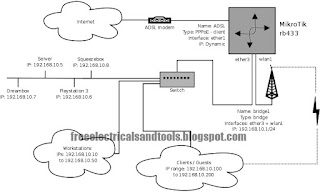ADSL is the most commonly deployed types of DSL in North
America. Short for asymmetric digital subscriber line ADSL supports data rates
of from 1.5 to 9 Mbps when receiving data (known as the downstream rate) and
from 16 to 640 Kbps when sending data (known as the upstream rate). ADSL
requires a special ADSL modem.
The asymmetric in asymmetric digital subscriber line service refers to the fact that ADSL uses most of its capacity to transmit signal downstream in order to provide a faster download speed. Like other types of DSL, ADSL allows the user to be online and make and receive phone calls – at the same time.
Since more capacity is used to transmit data
downstream, very little is sent back from the user’s computer. Because of this,
upload speeds will be much slower than download speeds for ADSL users.
Have you heard of VDSL? Are you
wondering what the benefits/disadvantages of ADSL vs. VDSL? VDSL stands for
“very high speed digital subscriber line.” The main difference between VDSL and
ADSL is the speed. VDSL is generally much faster than other forms of DSL,
including ADSL. It is often considered a cheaper way to get faster speeds if
other high-speed Internet options are unavailable.
Whereas ADSL employs an asymmetric
model, SDSL has a symmetric model. SDSL, or symmetric digital subscriber line,
offers equal download and upload speeds. ADSL offers significantly slower
upload speeds. SDSL allows you to watch online videos and upload home videos at
the same rate. ADSL causes photo or video uploads to take much longer.




